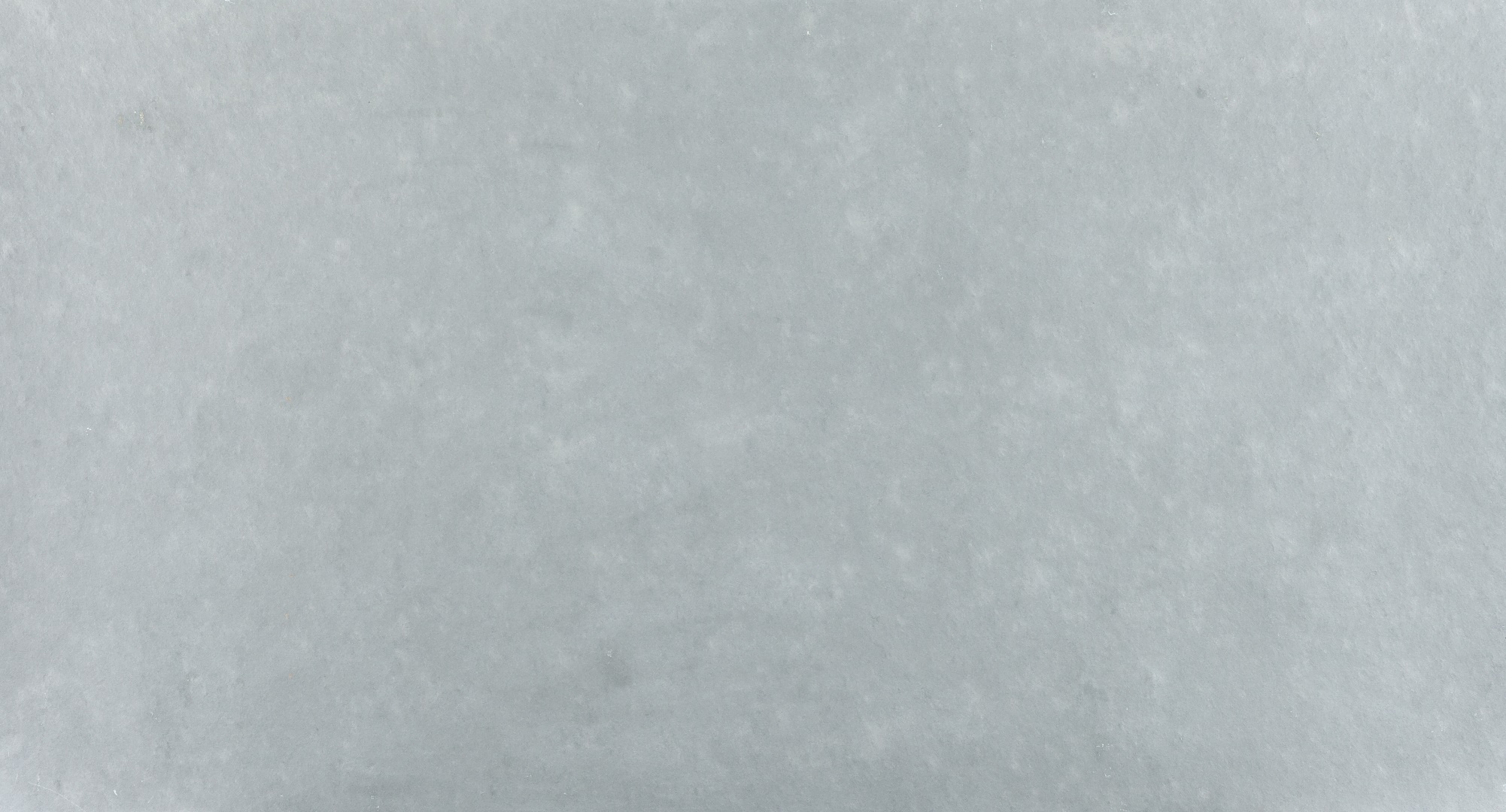X
+ info
Search
Slate

With an extremely fine grain, and velvety touch, such as our skin after a beauty treatment with clays, the slate is a surprising stone, almost homogenous regarding color, almost ductile regarding thickness. The diversity is immense, from grey slate with yellow areas (iron oxides) on the natural split surfaces to black-grey, grey-green, grey or red-brown.
This is a kind of claystone, from a clay-containing deposit, mostly deposited in old sea basins, which is, in our days, a far away from the coast and that has been compacted under relatively low pressure, which may have been from 1 billion years back to the distant Precambrian Period. During the compaction phenomenon, clay will incorporate different contents of mineral or organic matter which gives the different colors and tones of the slates.
This material has low abrasion resistance. Light scratching will occur with exposure to sand and other abrasives. The finish could patina or dull over time as a result of this scratching, to avoid that it could be sealed prior to use. To reduce the appearance of stains, always wipe up spills immediately. Oil and highly-pigmented liquids can penetrate and stain the stone and may need poultice to brighten up. However, slates will not acid etch or lose its surface sheen when exposed to acidic liquids such as lemons or tomatoes.
Blocks and slabs vary in appearance and dimension. As this is natural stone, all pictures are a rough guide.
Slate